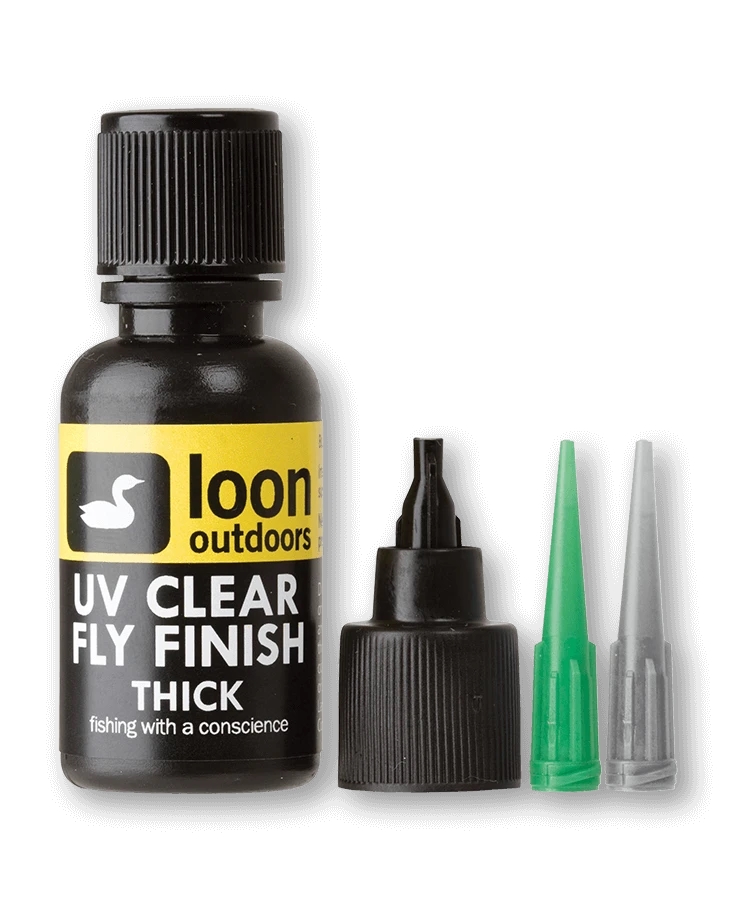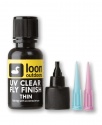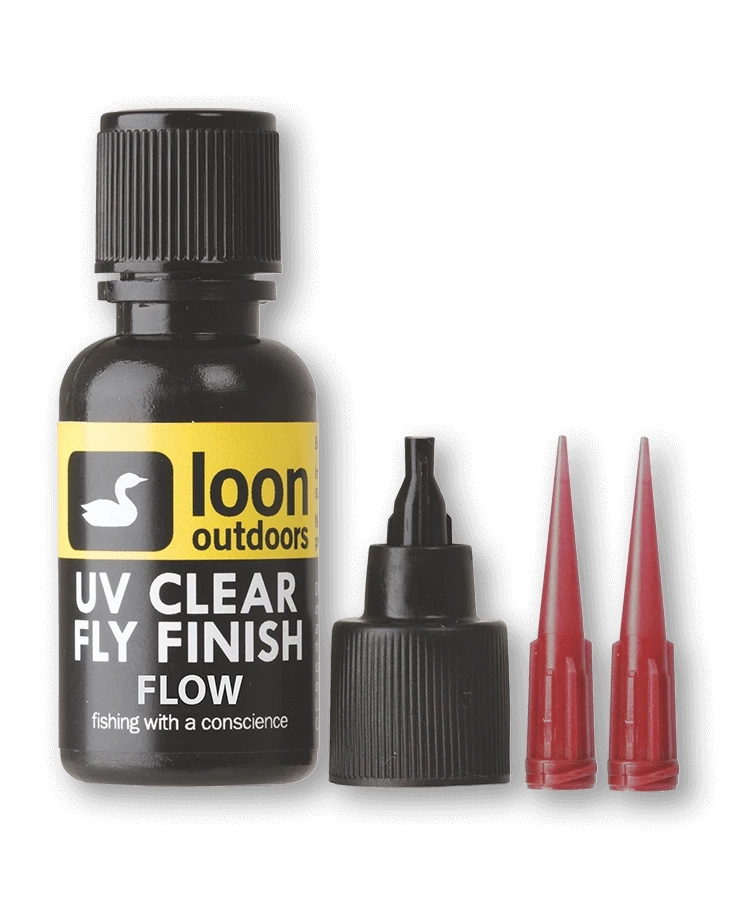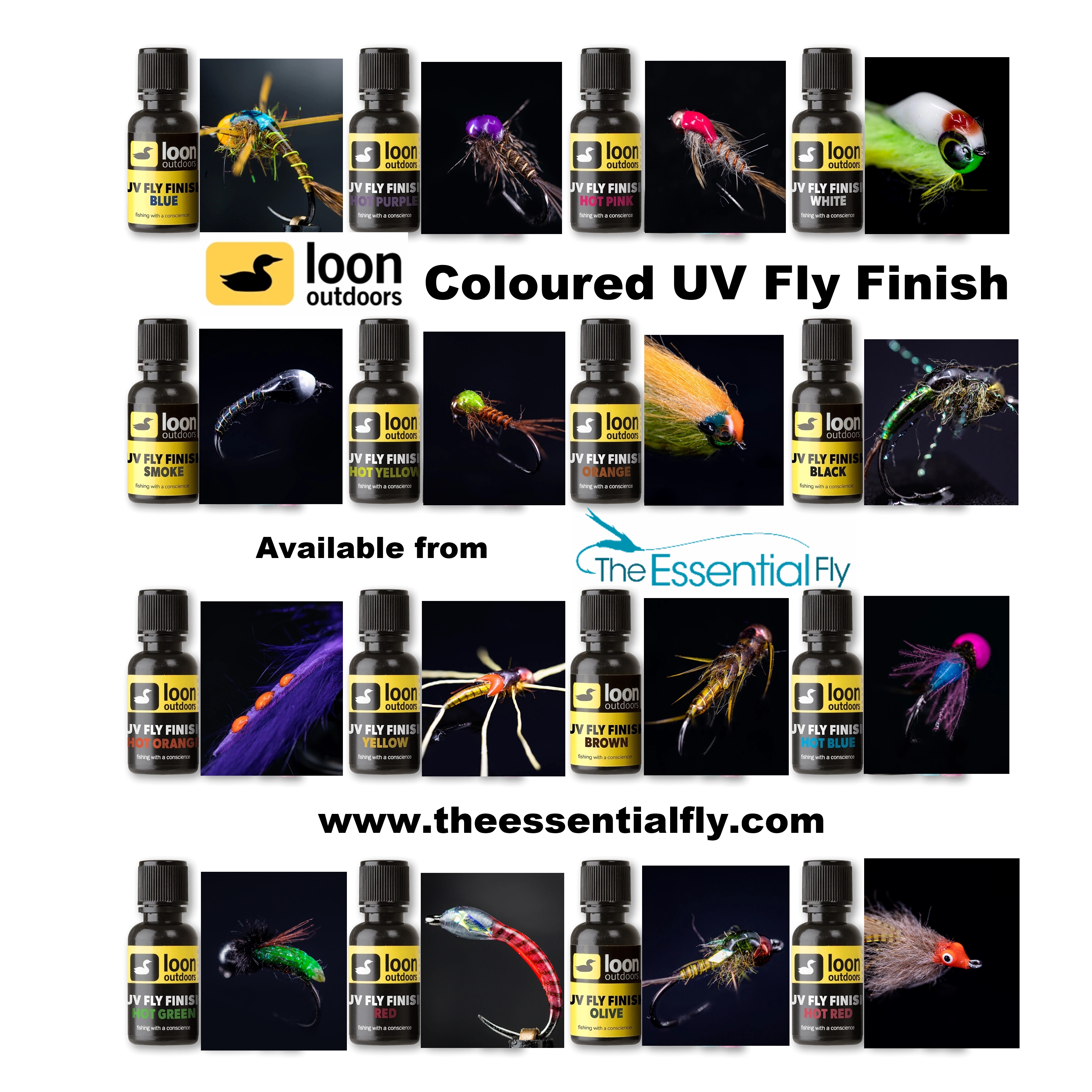Loon Outdoors - Resin FAQ's
Loon Outdoors Frequently Asked Questions on UV Resin
Why is my UV resin curing tacky?
If your Loon Outdoors Resin is not hardening and seems more gummy then something is not right. However if it is hardening but still feels tacky it is possible that this is what Loon Outdoors classify as normal.
The solution: After curing your Loon Outdoors UV Resin with your Loon Outdoors UV Torch simply wipe over the hardened resin with a alcohol swab. This will remove any tackyness you can feel and provide you with a smooth hard cure.
The Explination: The tack that you're experiencing is the result of "oxygen inhibition", which is a fancy way of saying that oxygen inhibits the outermost layer of applications of UV-curing resins to fully set up.
Which UV light should I buy?
All Loon Outdoors lights have been tested with the Loon Outdoors UV Resin so each torch will cure each UV Resin, it just comes down to personal choice.
What is the difference between the different UV resins?
Loon Outdoors have three thicknesses of UV Resin, and each one can be used for different applications:
| Thick | Thin | Flow | |
| Consistancy | Honey | Warm Syrup | Water |
| Final Coating | Build mass quickly | 'glassy' look. Versatile | Add mimimal mass |
| Uses |
|
|
|
| Product Picture |  |  |  |
Why does my Loon Outdoors UV Resin sometimes turns yellow?
This can happen to any UV Resin, not just Loon Outdoors. When UV rays hit the resin it degrades the qpoxy polymers a little which causes ambering. This is the most common factor to consider why how how much your resin will turn yellow, not all tyers will experience it.
Occasionaly the UV Resin flakes off, why?
When Loon Outdoors UV Resin is fully cured but cracks or flakes, normally it is the substrate that causes this issue.
There are two main culprits:
- Something is built in with too much give (a loose dubbing ball)
- Something is built in that is too smooth (some tinsels / waxed thread)
The most common factor in producing flaky resin is waxed thread, as this doesn't allow the resin to fully bond with the thread.
How do you clean any excess UV Resin from brushes or applicator needles?
Use Isopropyl Alcohol to break up the compounds in the resin and then depending on the tool you are cleaning a towel, toothpick, Q-Tip or sewing needle will work to remove the wet resin.
My coloured UV Resin is really light. How can I make them brighter?
As the bottles sit the pigments can settle at the bottom. Giving the bottle a proper shake prior to use should do the trick!




















